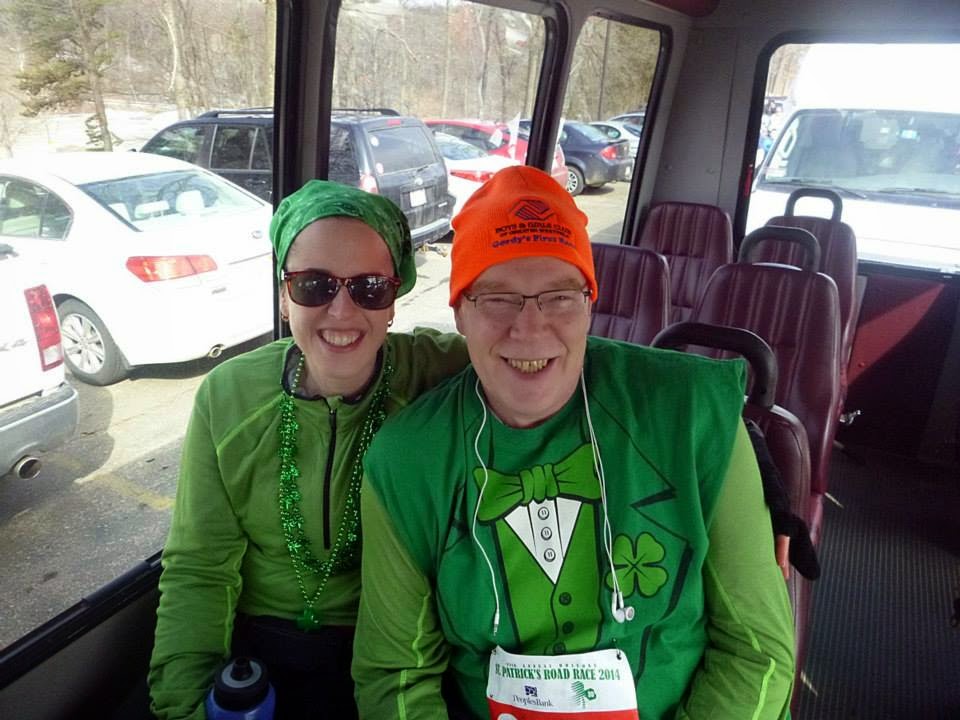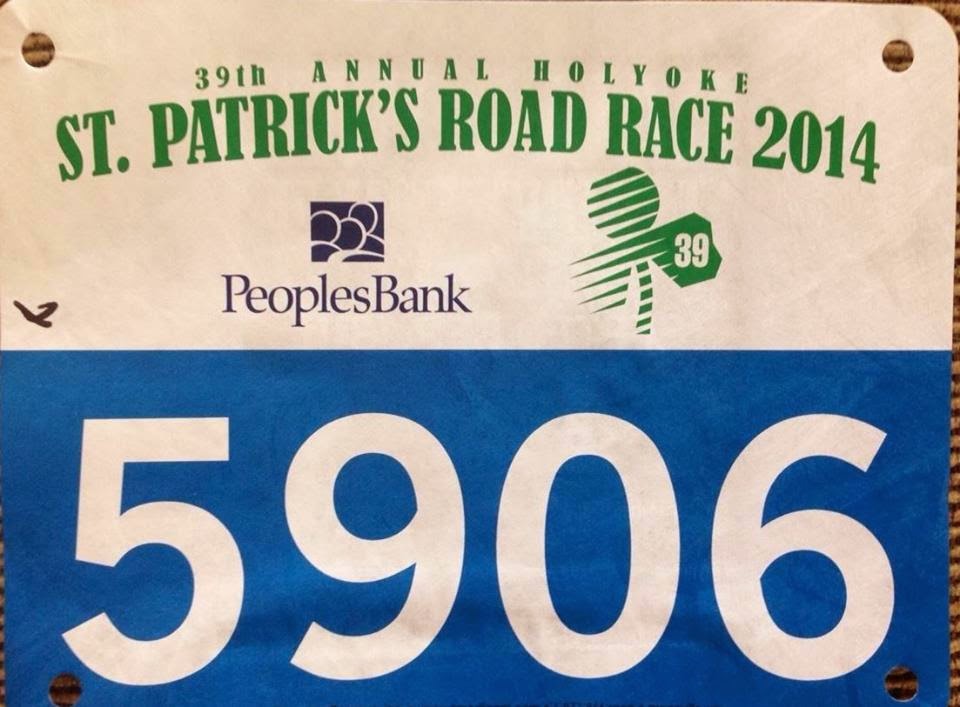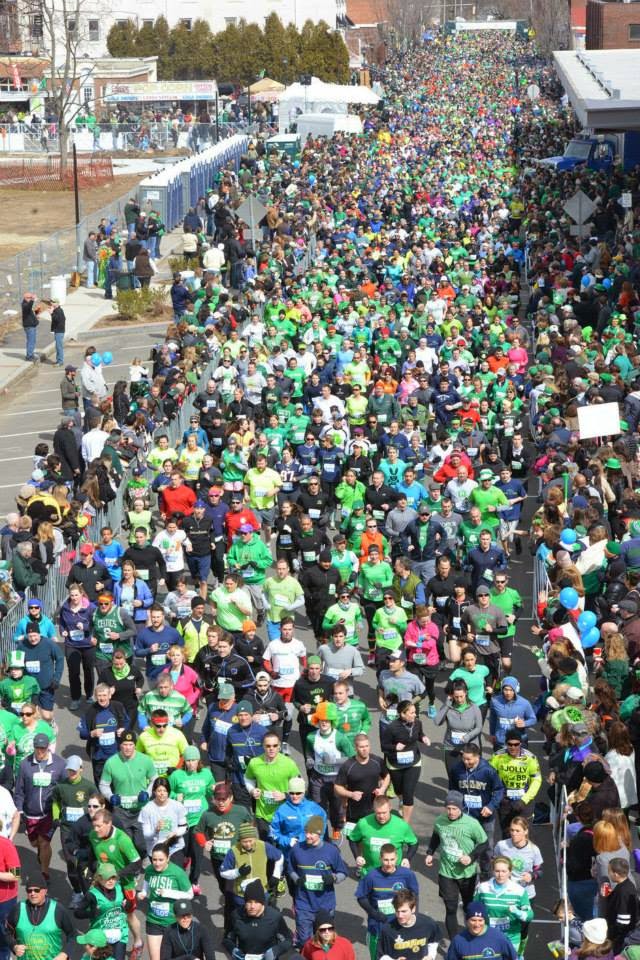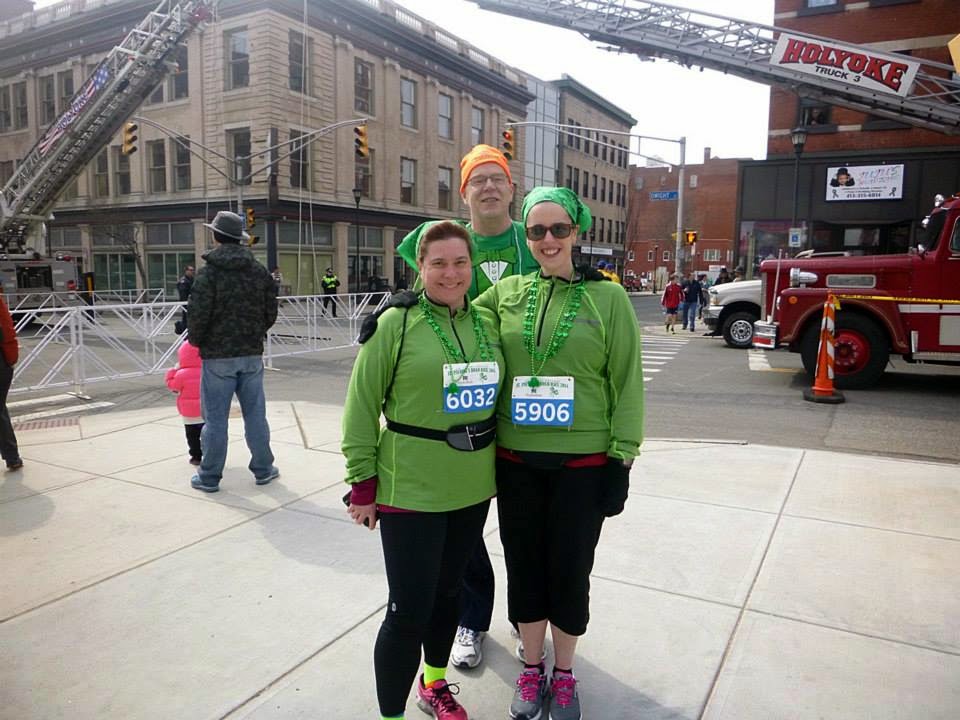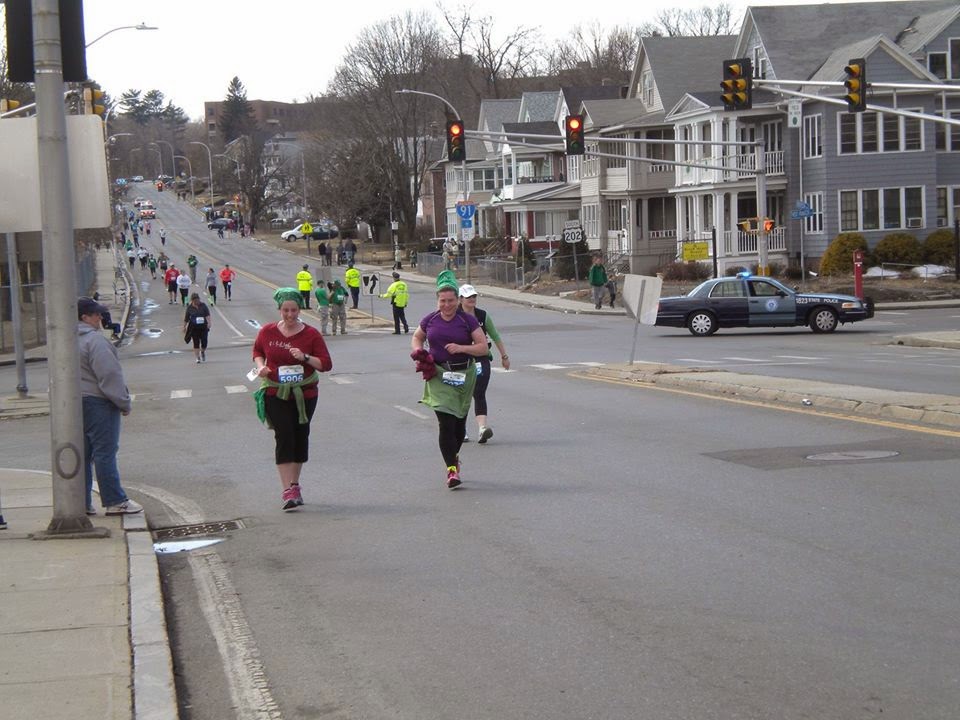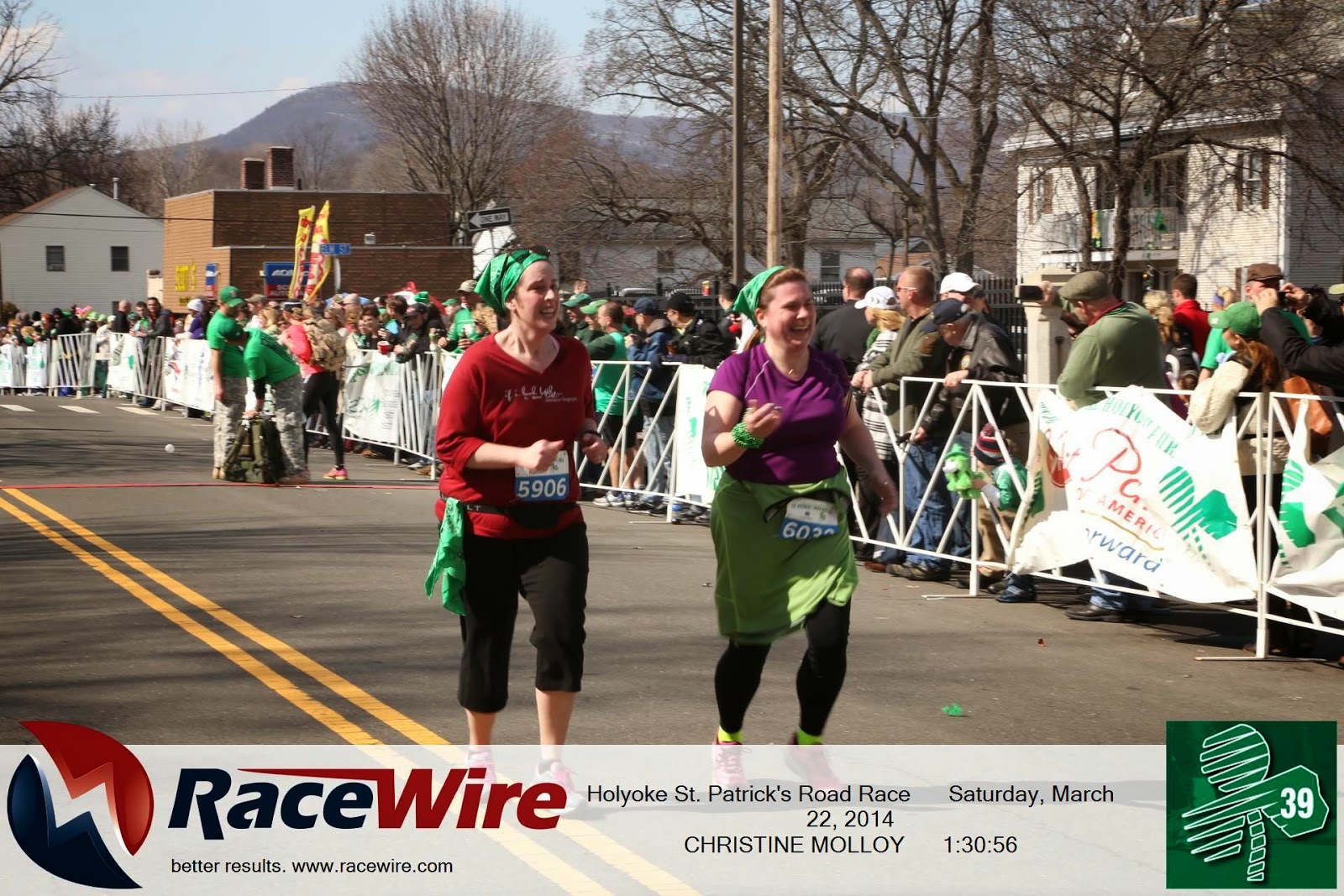This week is National Invisible Awareness Week and I figure it is as good a time as any to get back to writing since apparently, my last post was a month ago. I have no good excuses. Life has been busy, and I have been enjoying living it.
I won’t get into all the details about why I have been busy; some of it has been simply having fun and some of it has been being there for other people or personal obligations. Whatever the reason, the past week or two has been more of a struggle physically than I am comfortable with. That’s the thing about an invisible awareness: I struggle every single day, almost no exceptions. I have done a pretty good job at working those struggles into my life and accepting them, but the problem with that is, I appear completely fine most of the time on the outside. When in actuality, my body is falling apart bit by bit on the inside.
It’s a double-edged sword for most of living with an invisible illness. For example, I do not want to be known as or come across as a “sick person”. I try to take care not to complain too much on social media and I make a very noble effort to not cancel out on plans when I am not feeling well. However the problem with this is that people forget that I do have limitations. Because I am trying so hard to make the life I do have count for something and to not waste too many of my days, I even forget that I have limitations.
As I have written about previously, I went back to work last Spring in an attempt to get back into the nursing profession. I work in a school as a substitute school nurse and had the summer off. Once I am back to work, I absolutely have to back off on all non-work activities and watch my stress in order to avoid a flare-up in my symptoms. My experience with working thus far is that for every day I work, I need at least two days to recover. Between the joint pain, muscle pain, eye issues, fatigue, and brain fog, sometimes one day of work feels like three or four days. And to be honest, it is worth it. I enjoy being back to work that much.
That is a huge reason why I have been so busy lately; because I knew I would likely be getting called soon to go into work and I wanted to do some quality living before that happened. Not that I don’t enjoy myself the rest of the year but like I said, it needs to more limited and thought out.
So this past weekend, I knew I wasn’t doing all that great; the fatigue was overwhelming, to the point where I would cry in the car on the way home. And the fatigue felt much worse than what I’m used to and I knew something wasn’t right. But, I followed through with my commitments, had some fun along the way, and sure enough, all hell broke loose: migraines, sinus pain, ear pain, joint pain, and chills. I forced myself to go to my water aerobics class Monday morning and almost passed out. I started treating myself with decongestants, acupuncture and a neti-pot, with some relief, until my asthma acted up the worst it has in years, on Tuesday night. Two times using my rescue inhaler and I knew I was doctor bound first thing this morning.
What is wrong with me in itself is not a big deal. I have something viral (if I am not better by Friday, I go on antibiotics) that is affecting my sinuses and subsequently, my lungs, which were not moving as much air as they should be. Any type of infection always flares up my autoimmune symptoms, especially the fatigue, and it gets more complicated for me than for many other people. A steroid nasal spray and a steroid inhaler should hopefully fix me up quick. I am really hoping to stay off oral steroids as I just passed the six month mark of being off them and let me tell you, that is a rare occasion indeed. Granted, my life might be easier on them, but since I have already started to develop some minor long-term complications from them, they are a last resort.
To be honest, I wasn’t being as careful as I should have been. Not just because of my schedule, but because this time of year is ragweed season and I have a severe allergy. Despite my symptoms, I was depending on one allergy supplement (which apparently wasn’t managing things) and allergy shots, and hence the sinus/lung issues emerged. But isn’t that almost a good thing in a way? Instead of spending every day thinking, worrying, and dealing with every little physical symptom that crossed my path, me and my invisible illness were taking advantage of opportunities in a very visible world.
There is something very important I have learned from all this. Nope, it’s not about balancing your life with a chronic illness. Believe it or not, I already learned that lesson a while ago, even if I don’t get it right some of the time. I have learned that since I have to live with this illness the rest of my life, and most likely will not see a cure in my lifetime, that I have to make sure to do this one thing:
I have to live my life.
Now.
I have to take advantage of all the days where I can get out of bed more easily. I have to stop worrying about when the next big autoimmune crisis will come. I have to stop worrying about how clean my house is, especially when there is some better way to spend my precious energy. While I cannot ignore my illness, it is important for me to sometimes act “as if”…act as if I am not sick…act as if I can do anything. Because honestly, sometimes I think having this illness is more mental than physical. I see that in myself and I see it with others who battle this illness every day.
So if you are reading this and you do have some type of chronic illness, try to be more visible, Do something, anything. Educate people around you about your illness. Sit in a library and read a book rather than by yourself at home. Talk to people while you are waiting in line at the Social Security office. Take a risk and go away from home overnight without ruminating over all the “what ifs” that can happen.
If you are reading this and you do not have some type of chronic illness or health issue, I will admit, I am a bit jealous. I get especially jealous of people who are healthy physically and mentally and then don’t take advantage of their good fortune. Stop wasting time over the drama around you. Get outside. Volunteer to help those less fortunate.
Live!
